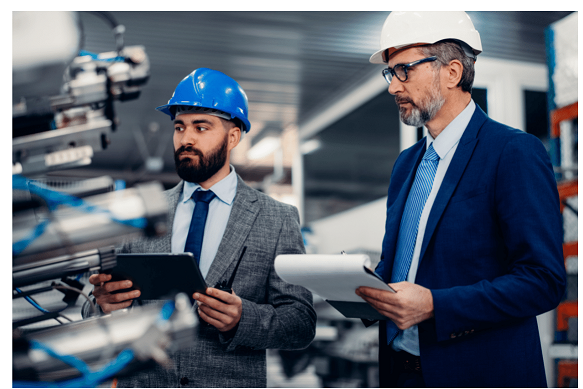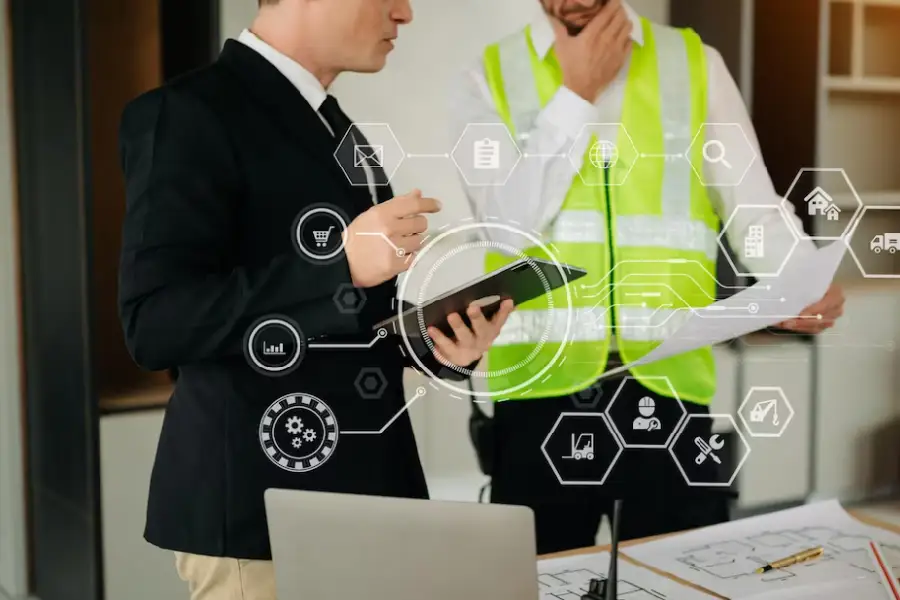The Relevance of Sustainability in Facility Management Practices
The Relevance of Sustainability in Facility Management Practices
Blog Article
The Vital Overview to Facility Management: Methods for Success
Facility management plays an essential duty in the total success of an organization, serving as the foundation that supports safety and security, efficiency, and productivity. By using strategic methods such as incorporated technical services and cultivating cross-departmental cooperation, companies can significantly enhance their functional foundations. The nuances of efficient center monitoring expand past simple logistics and call for a detailed understanding of both qualitative and measurable metrics. As we explore these vital approaches, a closer exam discloses how they can transform not simply centers, but the actual culture within a company itself. What might these makeovers appear like in technique?
Comprehending Facility Management
What comprises reliable facility administration? Reliable facility administration includes the coordination of numerous business functions to ensure that built atmospheres are risk-free, effective, and for productivity. Facility Management. It integrates the principles of design, style, and organization administration to develop a smooth functional flow within an organization
Crucial element of facility monitoring consist of room planning, upkeep management, and conformity with health and wellness and safety laws. Area planning concentrates on maximizing the usage of physical sources to sustain business goals, while maintenance administration guarantees that facilities are maintained in ideal problem, making best use of life expectancy and lowering functional costs. Conformity with governing and legal criteria is important, as it safeguards the organization against possible responsibilities and improves its online reputation.
Moreover, effective facility management counts on the calculated use modern technology, such as Building Administration Equipment (BMS) and Computer-Aided Center Monitoring (CAFM) tools. These technologies assist in real-time surveillance of structure systems and enhance maintenance procedures. Inevitably, a detailed method to center administration not just advertises functional effectiveness yet likewise promotes a favorable atmosphere for workers and visitors alike, driving overall organizational success.
Trick Techniques for Optimization
Maximizing center monitoring requires a tactical method that lines up functional experiment business purposes. To attain this, the initial key method is the application of incorporated technical options. Making use of innovative software systems permits real-time tracking of facility procedures, helping with data-driven decision-making and improving general performance.
Secondly, regular analyses of facility efficiency are important. Carrying out regular assessments and audits makes it possible for facility managers to determine locations that require enhancement, guaranteeing that resources are allocated successfully. This proactive technique helps in reducing downtime and enhancing service delivery.
Another crucial strategy is fostering partnership across divisions. By motivating open interaction between teams, facility managers can better align their techniques with company goals, resulting in enhanced operational harmony. In addition, involving staff in training programs promotes a culture of responsibility and improves their ability to contribute to optimization initiatives.
Enhancing Safety And Security Procedures
Enhancing safety procedures is essential for developing a safe atmosphere within centers. A comprehensive safety procedure not only shields workers and site visitors yet likewise improves operational effectiveness. To attain this, facility managers need to carry out routine risk analyses to make certain and determine possible dangers that proper procedures are in place.
Educating and education are essential elements of effective safety protocols - Facility Management. Staff members should obtain recurring training in emergency situation treatments, tools handling, and personal protective measures. Regular drills, such as fire discharges or lockdown treatments, foster experience and readiness amongst team
In addition, clear communication channels must be developed to report safety problems without delay. This includes developing an easily accessible system for staff members to articulate potential dangers or cases without anxiety of retribution. Leveraging innovation can enhance security procedures; for instance, implementing security systems and accessibility controls helps keep an eye on center tasks and limit unauthorized access.
Last but not least, compliance with local guidelines and industry standards is non-negotiable. Normal audits and evaluations of security protocols ensure alignment with existing legislations and best practices. By prioritizing these approaches, center managers can grow a culture of safety that secures all stakeholders and inevitably adds to the organization's success.
Improving Work Environment Atmosphere

Ergonomic considerations are important to minimize physical pressure and pain. Facility Management. This entails offering adjustable furnishings, correct lighting, and adequate area for activity. These adjustments can lead to lowered absence and enhanced work complete satisfaction
Aesthetics play an essential function in shaping the office environment. Using shade psychology, natural lights, and plant can foster a promoting and welcoming setting. Attentively made rooms can increase creativity and improve general health.
In addition, motivating employee engagement via inclusive decision-making processes can boost the sense of ownership and belonging. Gathering responses on office renovations and involving employees in the style procedure can cause a more customized environment that fulfills their needs.
Finally, promoting find here health efforts, such as health cares and relaxation spaces, can even more contribute to an encouraging workplace culture. By focusing on these approaches, center supervisors can successfully boost the office setting, driving both worker contentment and business success.
Measuring Success in Facilities
Determining success in center monitoring needs a detailed technique that evaluates both quantitative and qualitative metrics. Measurable metrics usually consist of vital efficiency signs (KPIs) such as room use rates, energy intake, upkeep prices, and occupancy levels. These metrics offer a clear photo of operational efficiency and economic efficiency, enabling facility supervisors to recognize areas for improvement and standard against market criteria.
Qualitative metrics, on the various other hand, focus on individual complete satisfaction and worker interaction. Surveys and comments mechanisms can determine just how well the centers fulfill the demands of residents, assisting to analyze the total office atmosphere. This aspect is crucial, as a completely satisfied labor force is typically linked to enhanced performance and retention prices.
To successfully determine success, center supervisors should also think about incorporating innovation, such as developing management systems and data analytics devices, to collect and evaluate relevant data. Routinely examining both sets of metrics enables a much more balanced view of performance and educates critical decisions. Eventually, an effective center management strategy pivots on a commitment to continuous enhancement, making sure that both functional efficiencies and user contentment are prioritized.
Final Thought

Facility administration plays an important duty in the overall success of an organization, offering as the backbone that sustains efficiency, performance, and safety and security.Trick components of facility management consist of area preparation, maintenance management, and compliance with health and wellness and safety policies.In addition, effective center monitoring depends on the strategic usage of technology, Clicking Here such as Structure Management Solution (BMS) and Computer-Aided Center Administration (CAFM) devices. Ultimately, a detailed approach to center monitoring not only advertises functional effectiveness but additionally visit this web-site cultivates a favorable environment for site visitors and workers alike, driving general business success.
Inevitably, a successful facility monitoring technique hinges on a commitment to constant renovation, making sure that both operational efficiencies and user contentment are focused on.
Report this page